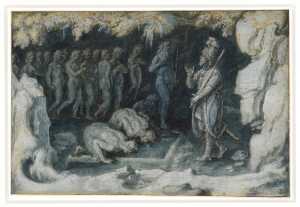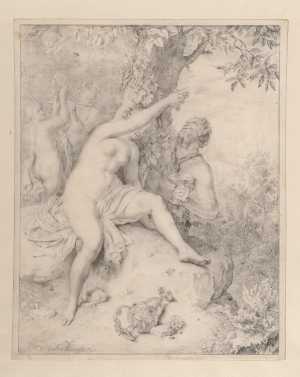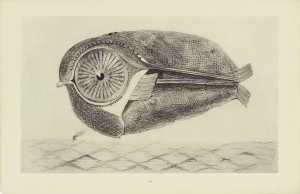Specifications
| Title | Landscape with the Parable of the Good Samaritan |
|---|---|
| Material and technique | Pen and brown ink, brown wash, indented and the reverse side prepared red all-over for transfer, framing lines with the pen in brown ink |
| Object type |
Drawing
> Two-dimensional object
> Art object
|
| Location | This object is in storage |
| Dimensions |
Height 197 mm Width 271 mm |
|---|---|
| Artists |
Draughtsman:
Hans Bol
|
| Accession number | MB 1684 (PK) |
| Credits | Purchased 1902 |
| Department | Drawings & Prints |
| Acquisition date | 1902 |
| Creation date | in 1580 |
| Signature | signed and dated 'Hans Bol / 1580' (at lower right, in pen and brown ink) |
| Watermark | none (vV, 7P, fine) |
| Condition | damaged with minor losses along the margins, traces of removed backing paper (from before the collector's mark) |
| Inscriptions | none |
| Mark | Museum Boymans Rotterdam (L.288) |
| Provenance | Charles M. Dozy (1852-1901), Leiden, his sale (†), Amsterdam (De Vries), 6-7 May 1902, no. 24 (fl. 35); acquired in 1902 |
| Exhibitions | Rotterdam 2004b; Paris/Rotterdam 2014, no. 31 |
| Internal exhibitions |
Het jaar rond met Bol (2004) Vroege Nederlandse tekeningen - Van Bosch tot Bloemaert (deel 3) (2015) |
| External exhibitions |
Bosch to Bloemaert. Early Netherlandish Drawings from the Museum Boijmans Van Beuningen (2014) |
| Research |
Show research Netherlandish Drawings of the Fifteenth and Sixteenth Centuries |
| Literature | cat. 1901, p. 22v; Jaarverslag 1902, p. 8; Franz 1963, pp. 66-85, ill. 24; Franz 1965, pp. 48, 49, 63, no. 107, pl. 91; Hollstein XXI (1980), p. 178, under no. 571; Depauw 1990, p. 12, n. 15 |
| Material | |
| Object | |
| Technique |
Indenting
> Indented
> Drawing technique
> Technique
> Material and technique
Indenting
> Indented
> Drawing technique
> Technique
> Material and technique
Prepare
> Prepared
> Shaping techniques
> General technique
> Technique
> Material and technique
Prepare
> Prepared
> Shaping techniques
> General technique
> Technique
> Material and technique
Brown wash
> Washing
> Wash
> Drawing technique
> Technique
> Material and technique
|
| Place of manufacture | Antwerp > Belgium > Western Europe > Europe |
| Geographical origin | Northern Netherlands > The Netherlands > Western Europe > Europe |
| Geographical origin | Southern Netherlands > The Netherlands > Western Europe > Europe |























